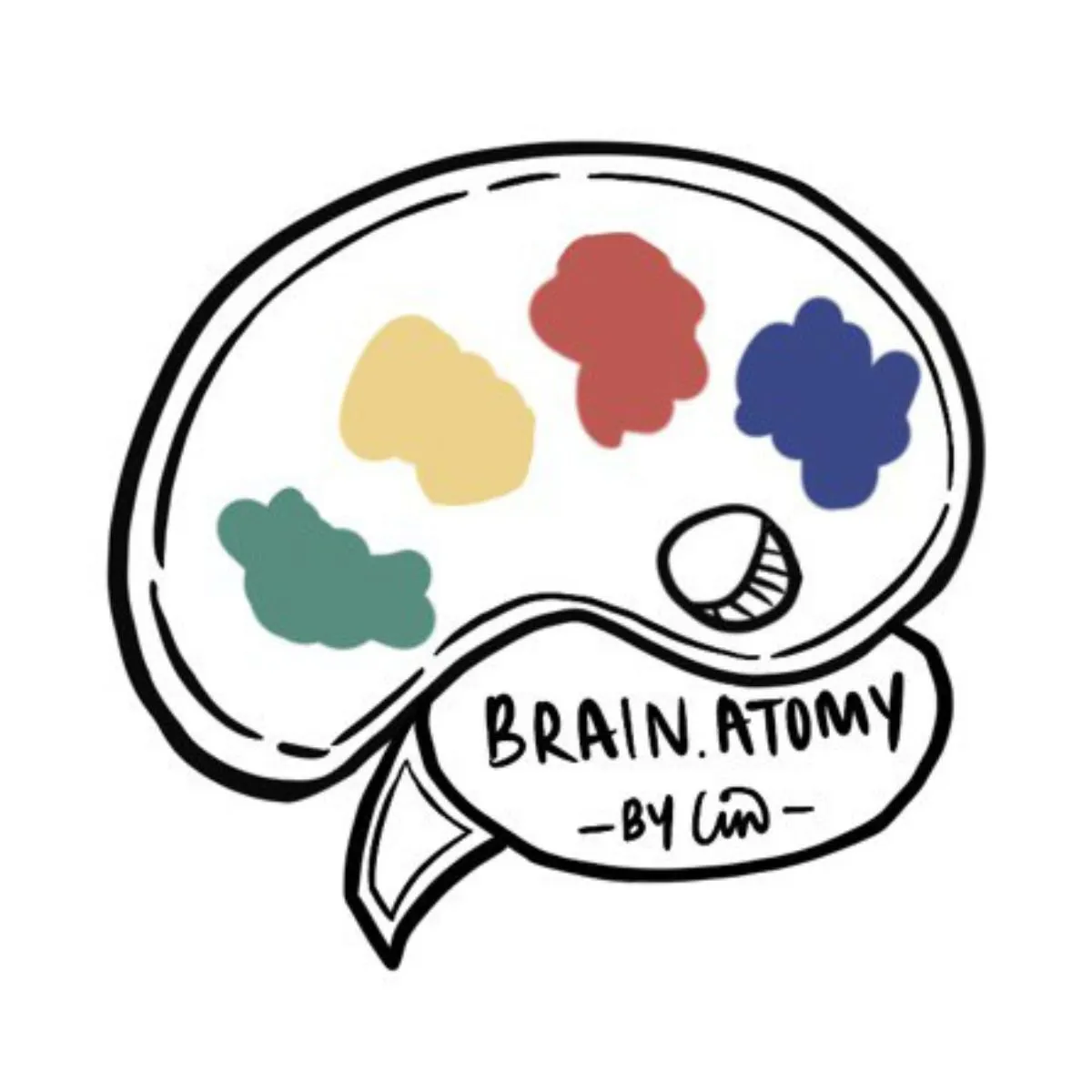Embroidery and weaving may appear similar but their processes and effects differ greatly. Embroidery utilizes a needle and thread to stitch intricate designs onto various fabrics, while weaving involves the interlocking of threads to form a unified piece of fabric. In this blog post, we will delve deeper into the distinctions between these two textile art techniques.
What is the Difference between Embroidery and Weaving?
Embroidery and Weaving are two different techniques used in textile art and design. While they both involve the creation of patterns and designs on fabric, they differ in their processes and effects. This article will explain the difference between weaving and embroidery.
What is Embroidery?
Embroidery is a decorative technique that uses a needle and thread to create designs on fabric. It involves stitching different types of threads onto a base fabric, such as cotton, silk, or wool. The stitches can be made in various patterns, creating intricate and detailed designs.
Embroidery can be done by hand, using a variety of stitch techniques such as satin stitch, cross-stitch, or chain stitch. Nowadays, there are also machine embroidery techniques available that use computerized programs to create designs.
Embroidery allows for great flexibility and freedom in design creation. It can be used to embellish garments, accessories, or home decor items like pillow covers or tablecloths.
What is Weaving?
Weaving, on the other hand, is a technique used to create fabric by interlacing two sets of threads. It involves the combination of a warp (vertical) and a weft (horizontal) thread. These threads are interlaced in a criss-cross pattern to form fabric.
Weaving can be done using various types of looms, such as handlooms or power looms. It requires a structured technique and is commonly used to create fabrics like cotton, linen, or wool. The resulting fabric can have different textures and patterns depending on the weaving technique used.
Weaving can also be used to create intricate designs by integrating different colored threads into the fabric. Tartans and jacquard fabrics are well-known examples of weaving techniques that incorporate complex patterns.
Differences between Embroidery and Weaving
While both embroidery and weaving involve the creation of designs on fabric, there are several key differences between the two techniques:
- Process: Embroidery involves stitching threads onto a base fabric while weaving creates fabric by interlacing the warp and weft threads.
- Tools: Embroidery utilizes a needle and thread, whereas weaving requires a loom.
- Flexibility: Embroidery offers more freedom for detailed and intricate designs, while the weaving structure limits weaving.
- Effect: Embroidery creates designs on the fabric's surface while weaving integrates the design into the fabric.
Conclusion
Both embroidery and weaving are valuable and ancient textile techniques that have their own unique qualities. Whether you prefer the versatility of embroidery or the structured beauty of weaving, there is no doubt that both techniques have played a significant role in textile art throughout history.
Author
Wen Lin
Travel blogger, Foodie, Self-taught Crocheter
When not weaving tales, you can find me with my hands in the soil of my ever-evolving garden, a crochet hook creating cozy wonders, or onto my next culinary adventure. Travel is my constant source of inspiration, with experiences from different destinations finding their way into my stories.

